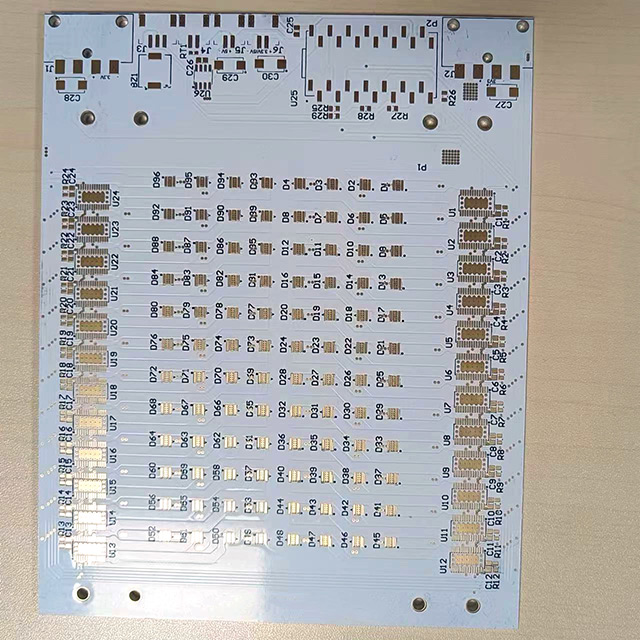Crucially it is clear that standard insulation opportunities can, at the moment, deliver carbon
savings at lower cost per tonne in ECO subsidy than harder to treat measures. In the context of
immediate concerns about the overall costs of ECO and its impact upon consumer bills, it is
more difficult to justify a policy which excludes these measures. The Government therefore
proposes that loft insulation (including both virgin and top-up loft insulation) and standard cavity
wall insulation measures installed from April 2014 should be eligible as primary measures under
CERO. Therefore, the current differentiation between hard-to-treat and standard cavities would
be removed, with all forms of cavity wall potentially eligible for treatment under CERO
We would propose that the eligibility rules, as set out under the current legislation, on measures
under CERO would continue to apply to the new primary measures. So to qualify under CERO
loft and cavity wall insulation will have to:
a. be a recommended measure;
b. improve the insulation properties of the premises; and
c. comply with PAS 2030.
For loft insulation as a new primary measure Government recognise that a de-minimis level for
the depth and area of the insulation is appropriate to ensure optimal treatment prior to triggering
secondary measures. We therefore propose that to support the ‘secondary measure’ status of
another measure loft insulation must be:
a. installed in lofts which currently have less than or equal to 150mm of insulation (to a
level of at least 250mm of insulation); and
b. installed to at least 50 per cent of the total area of the loft.
For cavity wall insulation as a new primary measure we propose that a de-minimis level for the
area of the insulation is appropriate prior to triggering secondary measures. We therefore
propose that to support the ‘secondary measure’ status of another measure cavity wall
insulation must be installed to at least 50 per cent of the total exterior-facing walls of the
premises.

 ( Details to follow of our plans
( Details to follow of our plans 








